General Science GK Part 3 For NEET And UPSC Exam:
1. Elbow joint is an example of
(A) Pivot joint
(B) Hinge joint
(C) Gliding joint
(D) Ball and Socket joint
Ans: Hinge joint (B)
2. Which one of the following is a membrane that protects the developing embryo from desiccation?
(A) Amnion
(B) Allantois
(C) Chorion
(D) Yolk sac
Ans: Amnion (A)
3. Deposition of _______ in the joints causes gout
(A) Urea
(B) Uric acid
(C) Guanine
(D) Ammonia
Ans: Uric acid (B)
4. The hormone insulin is a
(A) glycolipid
(B) fatty acid
(C) peptide
(D) sterol
Ans: peptide (C)
5. In the context of Indian wildlife, the flying fox is a
(A) Bat
(B) Kite
(C) Stork
(D) Vulture
Ans: Bat (A)
6. In the human body, which one of the following hormones regulates blood calcium and phosphate?
(A) Glucagon
(B) Growth Hormone
(C) Parathyroid Hormone
(D) Thyroxine
Ans: Parathyroid Hormone (C)
7. How do most insects respire?
(A) Through skin
(B) Through gills
(C) By lungs
(D) By tracheal system
Ans: By tracheal system (D)
8. Which part of the brain controls intellectual ability?
(A) Frontal lobe
(B) Parietal lobe
(C) Temporal lobe
(D) Occipital lobe
Ans: Frontal lobe (A)
9. Parkinson’s disease (characterized by tremors and progressive rigidity of limbs) is caused by degeneration of brain neurons that are involved in movement control and make use of the neurotransmitter
(A) Acetylcholine
(B) Norepinephrine
(C) Dopamine
(D) GABA
Ans: Dopamine (C)
10. The co-ordinator between the nervous and endocrine system is
(A) Thalamus
(B) Hypothalamus
(C) Epithalamus
(D) Colliculus
Ans: Hypothalamus (B)
11. The purplish-red pigment rhodopsin, contained in the rods type of photoreceptor cells of the human eye, is a derivative of
(A) Vitamin B1
(B) Vitamin C
(C) Vitamin D
(D) Vitamin A
Ans: Vitamin A (D)
12. Columella auris is found in
(A) Rabbit
(B) Frog
(C) Man
(D) All of these
Ans: Frog (B)
13. Production of which one of the following is a function of the liver?
(A) Lipase
(B) Urea
(C) Mucus
(D) Hydrochloric acid
Ans: Urea (B)
14. Which one of the following is not a digestive enzyme in the human system?
(A) Trypsin
(B) Gastrin
(C) Ptyalin
(D) Pepsin
Ans: Gastrin (B)
15. Among living organisms, which one of the following is the most responsible factor for bringing about the origin of a new species?
(A) Isolation
(B) Mutation
(C) Natural Selection
(D) Sexual reproduction
Ans: Mutation (B)
16. Ticks and mites are actually
(A) Arachnids
(B) Crustaceans
(C) Insects
(D) Myriapods
Ans: Arachnids (A)
17. Robert Webster is known for his work associated with which one of the following?
(A) Cardiology
(B) Influenza virus
(C) HIV/AIDS
(D) Alzheimer
Ans: Influenza virus (B)
18. A horizontal underground stem is a
(A) Corm
(B) Phylloclade
(C) Rhizome
(D) Rhizoid
Ans: Rhizome (C)
19. Placenta and pericarp are both edible portions in
(A) Apple
(B) Banana
(C) Tomato
(D) Potato
Ans: Tomato (C)
20. Plants which produce characteristics like pneumatophores and show vivipary belong to
(A) Halophytes
(B) Psammophytes
(C) Hydrophytes
(D) Mesophytes
Ans: Halophytes (A)
21. An example of colonial alga is
(A) Volvox
(B) Ulothrix
(C) Spirogyra
(D) Chlorella
Ans: Volvox (A)
22. Anoxygenic photosynthesis is characteristics of
(A) Rhodospirillium
(B) Spirogyra
(C) Chlamydomonas
(D) Ulva
Ans: Rhodospirillium (A)
23. Which among the following are the smallest living cells, known without a definite cell wall, pathogenic to plants as well as animals and can survive without oxygen?
(A) Pseudomonas
(B) Mycoplasma
(C) Nostoc
(D) Bacillus
Ans: Mycoplasma (B)
24. In which of the following kinds of organisms is the phenomenon found wherein the female kills the male after copulation?
(A) Dragonfly
(B) Honeybee
(C) Spider
(D) Pit viper
Ans: Spider (C)
25. Which organelle in the cell, other than nucleus contains DNA?
(A) Centriole
(B) Golgi apparatus
(C) Lysosome
(D) Mitochondrion
Ans: Mitochondrion (D)
26. Epiphytes are plants which depend on other plants for
(A) Food
(B) Mechanical Support
(C) Shade
(D) Water
Ans: Mechanical Support (B)
27. “Athlete’s Foot” is a disease caused by
(A) Bacteria
(B) Fungus
(C) Protozoan
(D) Nematode
Ans: Fungus (B)
28. The only snake that builds a nest is
(A) Chain Viper
(B) King Cobra
(C) Krait
(D) Saw-scaled Viper
Ans: King Cobra (B)
29. Which one of the following antimicrobial drugs, is suitable for the treatment of both tuberculosis and leprosy?
(A) Isoniazid
(B) P-aminosalicylic acid
(C) Streptomycin
(D) Rifampicin
Ans: Rifampicin (D)
30. What is the pH level of blood of a normal person?
(A) 4.5-4.6
(B) 6.45-6.55
(C) 7.35-7.45
(D) 8.25-8.35
Ans: 7.35-7.45 (C)

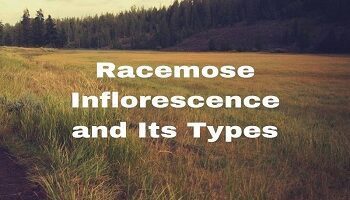
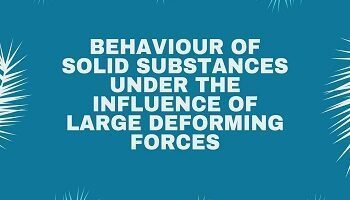
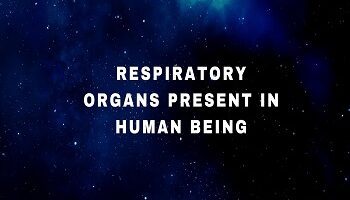
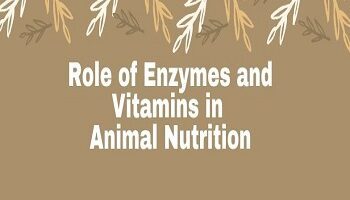

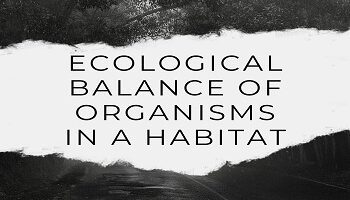
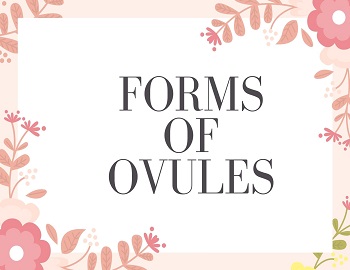

Comments (No)